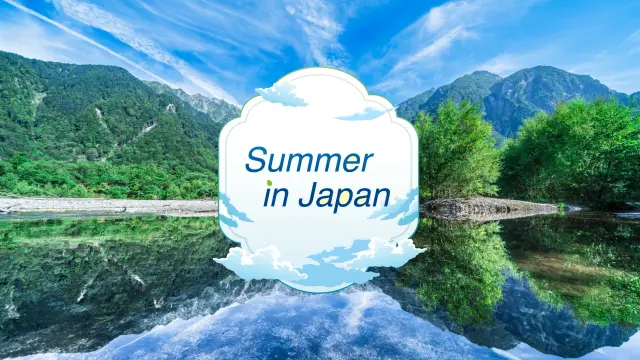
Verified [Verified] denotes information that has been published with confirmation of its owing parties.
Kameido Katori Shrine
Before a Competition, Athletes Pray to the Enshrined Deity for Victory in Sports.
Kameido Katori Jinja has its origins in the year 665, during the reign of Emperor Tenji, when Fujiwara no Kamiatari delivered his fighting sword in a ceremony to transfer the tutelary deity from Katori Taisha, the main Katori Shrine in Chiba.
During the Tengyo era (938-947), when Taira no Masakado revolted, Heian court emissary Fujiwara no Hidesato prayed here for victory before suppressing Taira.
Dedicating his bow and arrow in gratitude, Hidesato’s victory formed the origin of the Kachiya (“bow-and-arrow”) Festival, which has been held continuously for 1,000 years.
Receiving the reverence of famous shogun such as Minamoto no Yoritomo and Tokugawa Ieyasu, the ancestral spirits of Katori Taisha have been worshipped by people training in martial arts. Now worshipped as the “god of sports promotion”, this shrine gathers many athletes and related people who come to pray for victory.
Highlights
-
The god of victory in sports is enshrined here.
-
It is a shrine with over 1,300 years of history.
-
Famous commanders throughout history have also prayed at this shrine.
-
The Kachiya Festival has been held continuously for 1,000 years.
Photos
-

Kameido Katori Jinja, known for enshrining the god of sports
-

The Victory Stone, regarded as a “power spot”
-

The Kachiya Festival parade of warriors is worth seeing
-

The southern Torii Gate of Kameido Katori Jinja
Reviews
Details
- Name in Japanese
- 亀戸香取神社
- Postal Code
- 136-0071
- Address
- 3-57-22 Kameido, Koto-ku, Tokyo
- Telephone
- 03-3684-2813
- Admission
- Free
- Closed
- No holidays
- Hours
- 9:00am - 5:00pm
- Access
- About 10 minutes on foot from Kameido Station on the JR Sobu Line or Tobu Rail Kameido Line
- Official Website
- Official Website (Japanese)
Check also...
Please cooperate with this survey.
Thank you for your cooperation with the survey.


















